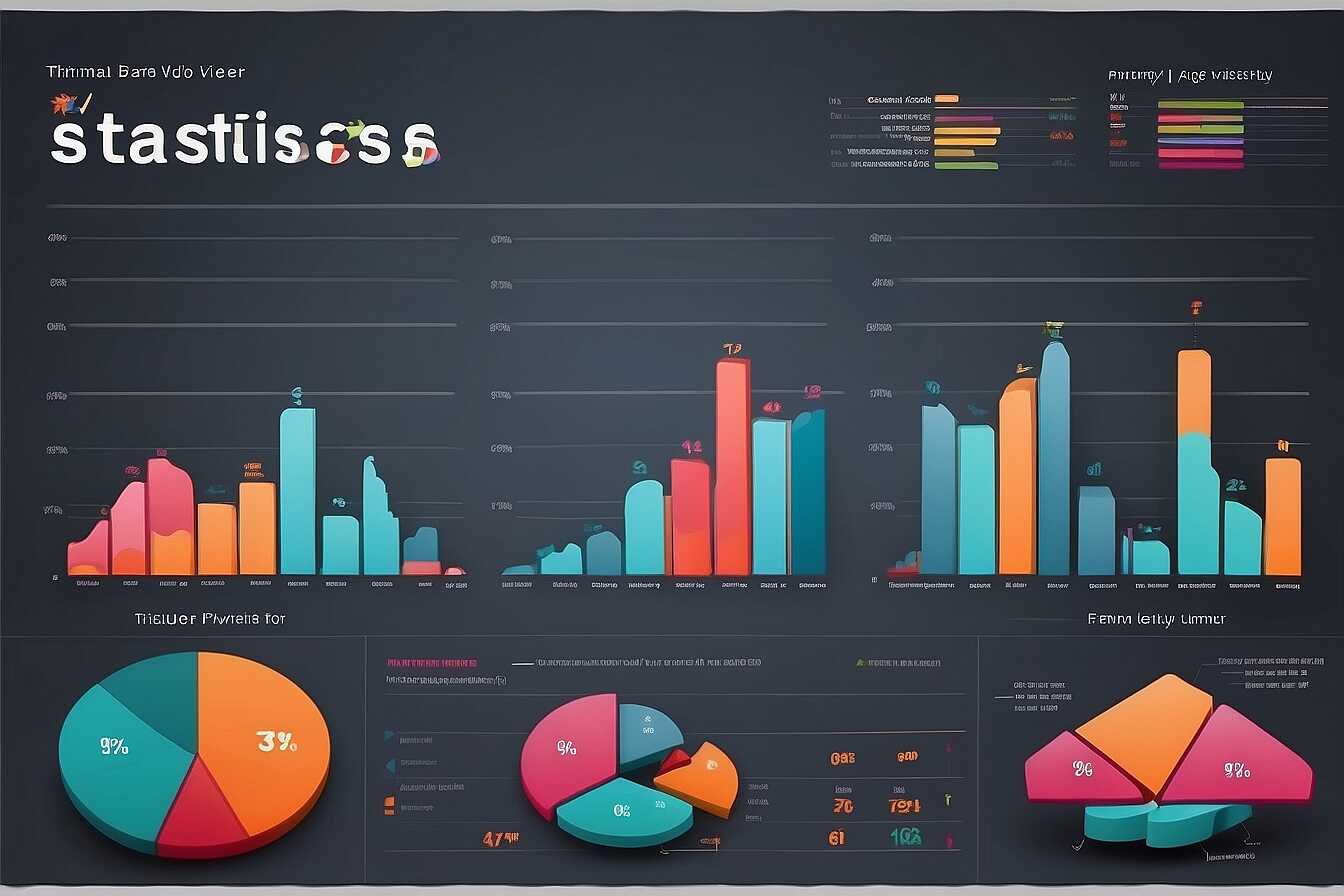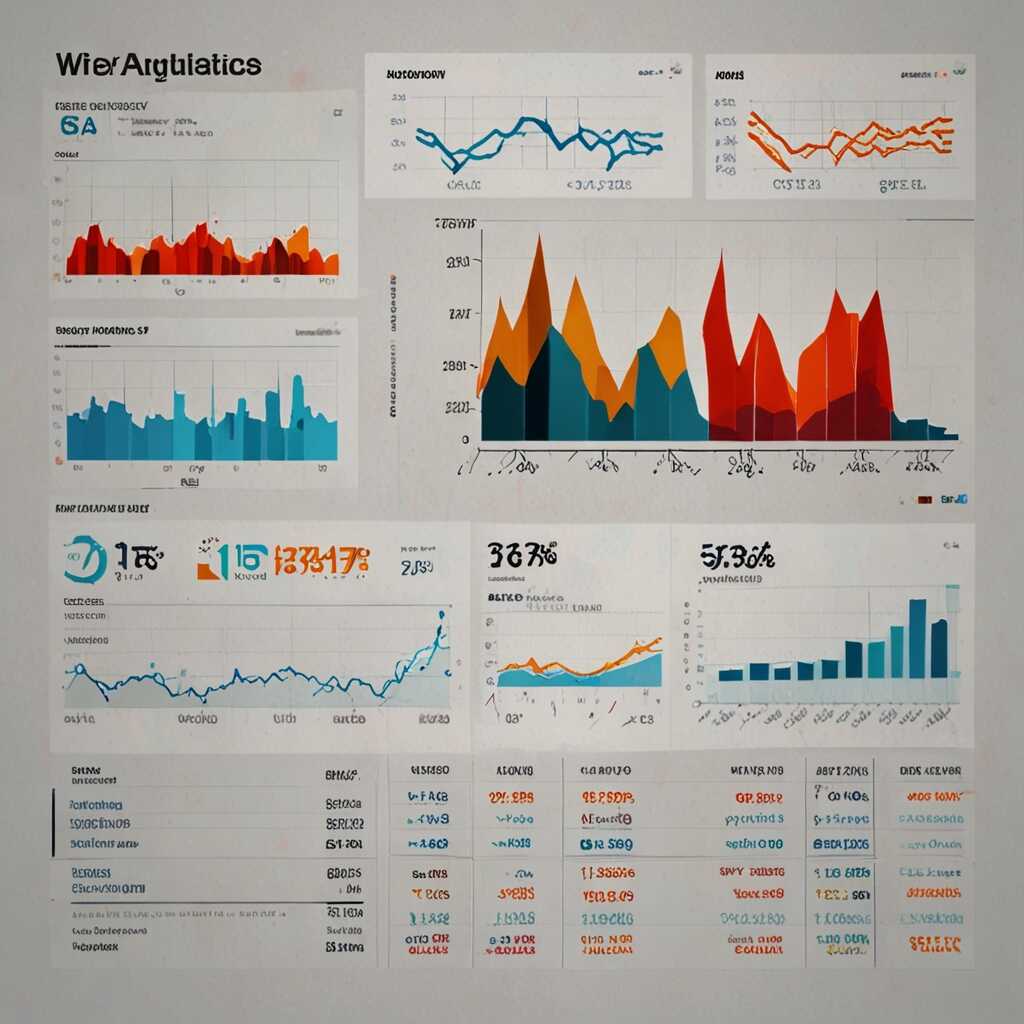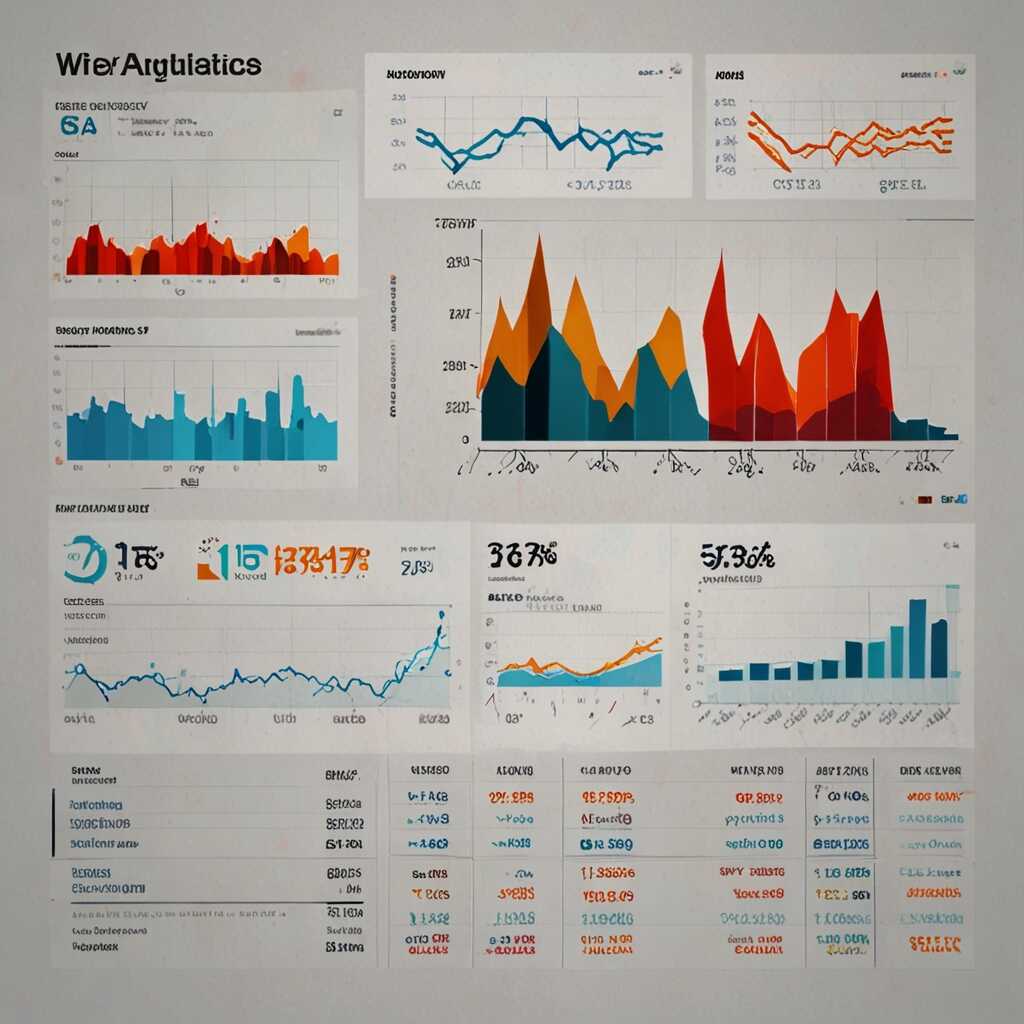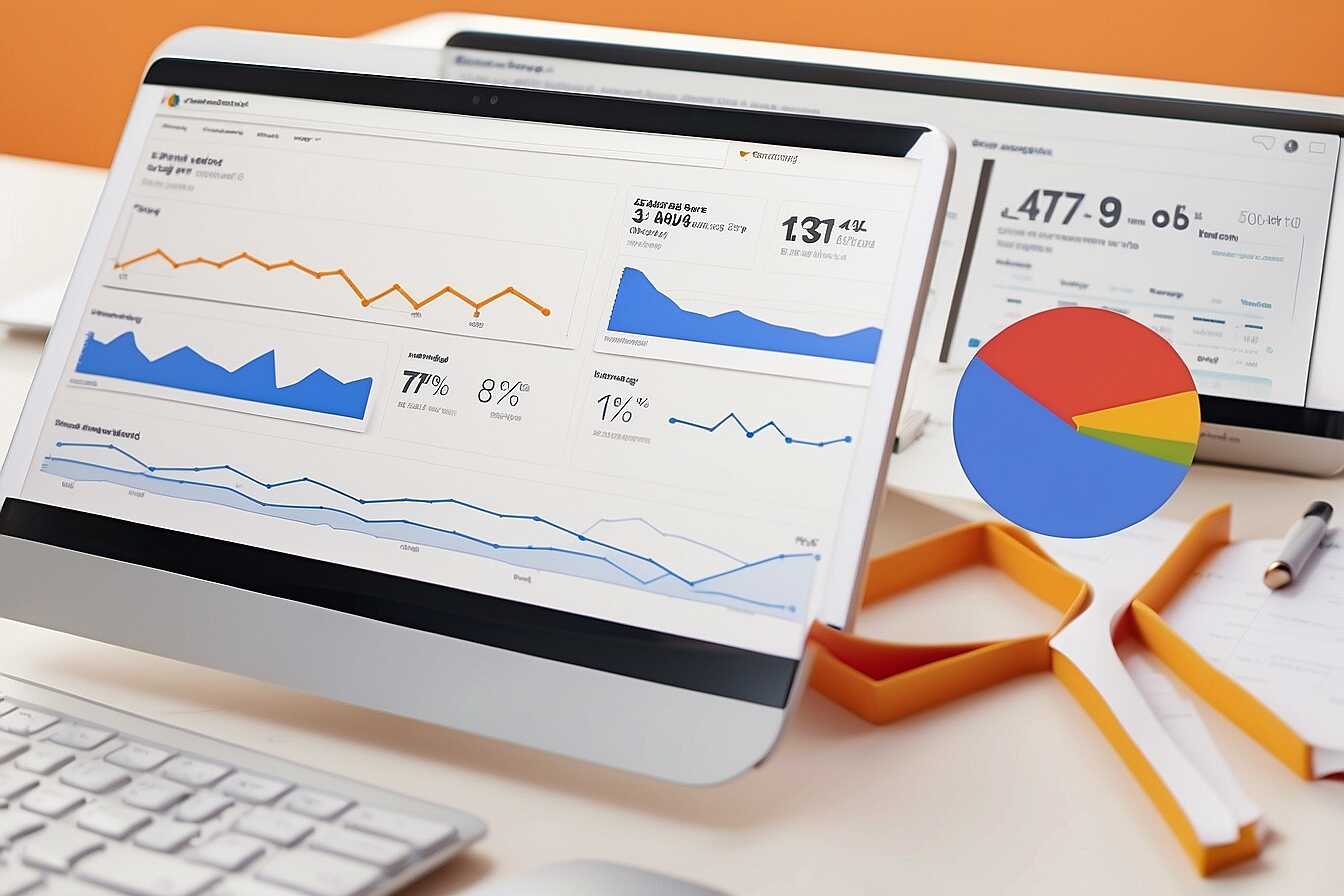Effective title tag strategies are crucial for boosting organic click-through rates, which can drive more visitors to your website. By crafting compelling title tags, you can capture user attention and improve your site’s performance in search engine results. At Metrics Rule, we understand that optimizing these tags is a key component of successful SEO, ensuring that your content stands out in a crowded digital landscape. Whether you’re an SEO professional or a business owner looking to enhance your online visibility, our actionable tips will empower you to improve your title tags and, ultimately, your click-through rates.
Understanding the Role of Title Tags in SEO
Title tags are essential components of SEO that serve as the clickable headline for search results. They are crucial in determining search engine rankings and significantly influence user engagement. An optimized title tag can enhance your visibility, leading to improved click-through rates for search queries. Properly crafted title tags should include relevant keywords, accurately reflect the content, and spark interest. Research indicates that well-optimized title tags can boost click-through rates by over 20%, making them a vital element of your SEO strategy.
Best Practices for Crafting Title Tags
When crafting title tags, aim for a character limit of 50-60 characters, as this range is preferred by search engines like Google and Bing. Including primary keywords at the beginning boosts relevance and helps in better indexing. Additionally, make sure your title tags are unique for each page to avoid confusion for both users and search engines. It’s also helpful to include your brand name for recognition. Testing different title tags can help you determine which versions yield the best click-through rates, enabling continuous optimization.
Aligning Title Tags with Search Intent
Understanding search intent is crucial for crafting effective title tags. When you align title tags with the needs of your audience, you enhance user engagement and improve click-through rates. There are various types of search intent, such as informational, navigational, commercial, and transactional. Each type requires a different approach to your title tags. For optimal SEO performance, aim to keep title tags between 50 and 60 characters. This length ensures they display correctly in search results and capture user attention.
Identifying User Intent for Title Tag Optimization
Identifying user intent involves researching keywords that reflect what your audience is genuinely searching for. Conduct keyword research by analyzing data from tools like Google Analytics or SEMrush. Look for patterns that indicate whether users want information, to make a purchase, or to find a specific website. Incorporating these insights into your title tags will help create effective titles that resonate with searchers. For instance, if users are looking for “best running shoes,” a title tag like “Top 10 Best Running Shoes for 2023” directly addresses their intent, enhancing organic search results significantly.

Applying Best Practices for Title Tag Creation
To craft effective title tags, consider essential components like keyword placement and character limits. A title tag should ideally begin with the primary keyword related to your content. This practice ensures that users and search engines quickly identify the subject matter. Additionally, keep the character count between 50-60 characters to optimize visibility across platforms like Google. You can enhance your efforts by utilizing tools such as Google Analytics, SEMrush, and Ahrefs. These tools provide insights into how title tags perform and suggest improvements based on data-driven results.
Essential Elements of a Compelling Title Tag
Creating a compelling title tag involves several essential elements. Start with primary keywords to ensure relevance in search results. Use action-driven words to engage readers and create urgency. Incorporate your brand name, particularly if it’s recognized, as this enhances reliability and trust among users. Avoid keyword stuffing, as it can lead to poor readability and affect click-through rates negatively. Ultimately, each title tag should be unique, reflecting the specific content of the page while promoting user engagement efficiently.
Numerical Insights into Title Tag Performance
- Studies show that a compelling title tag can increase click-through rates by up to 30%.
- Pages with optimized title tags appear in the top 3 search results 75% of the time.
- On average, users spend 5 seconds reading the title tag before clicking.
- Title tags that contain main keywords can improve rankings significantly, by as much as 20%.
- Research indicates that 70% of users won’t click on a search result without a title tag indication.
- About 50% of organic search clicks go to the top three results, often linked to effective title tags.
- Using numbers in title tags can yield up to a 36% increase in engagement.

Incorporating Keywords for Enhanced Visibility
To effectively incorporate keywords in title tags, focus on direct relevance to the content. Start with primary keywords that relate to the page’s main topic, ensuring they match users’ search intent. Avoid keyword stuffing; instead, aim for 1-2 effective keywords depending on the title’s length. Title tags should typically be under 60 characters to display well in SERPs. The placement of keywords is crucial; include your primary keyword at the beginning for maximum impact. By following these best practices, you enhance the chances of improving SEO performance and attracting organic clicks.
Expert Tips on Effective Keyword Integration for Titles
To ensure successful keyword integration, research proves that including modifiers such as “best,” “ultimate,” or “guide” can enhance click-through rates. These terms attract attention and increase desirability in search results. Additionally, using location-specific keywords, like “Vancouver,” can target local audiences effectively. Test various title tag formats to analyze their performance through tools like Google Analytics. Regularly reviewing your title tag performance and making edits based on data helps you stay ahead in the competitive e-commerce landscape. These strategies enable your title tags to stand out and engage users effectively.

Evaluating Title Tag Performance Metrics
Monitoring performance metrics is essential for assessing title tag success and ensuring long-term SEO efficiency. Key metrics include click-through rates (CTR), impressions, and organic traffic. Tools like Google Analytics and Ahrefs provide invaluable insights into title tag effectiveness. Additionally, A/B testing different title options can showcase dramatic CTR improvement. Research shows that optimized title tags can bring a percentage improvement of 20% or more in CTR.
Essential Tools for Title Tag Analysis
Using essential tools like Google Search Console enables you to analyze title tag performance efficiently. You can track impressions and clicks to gauge effectiveness directly. Google Analytics also provides crucial data on user interactions driven by title tags. By setting up conversion goals, you can measure how title tags impact overall website performance. For deeper insights, consider using dedicated SEO platforms like SEMrush or Moz, which offer comprehensive title tag analysis features. These tools help refine your approach to enhance your site’s title tags based on proven data and results.
Advantages of Crafting Engaging Title Tags
- Improved relevance leads to enhanced user satisfaction and lower bounce rates.
- Effective title tags boost visibility on search engines, driving more organic traffic.
- Clearer titles help users quickly understand content, increasing engagement.
- Strategically written title tags encourage sharing on social media platforms.
- Optimized tags help establish brand authority and credibility in the industry.
- Increased click-through rates often lead to better rankings over time, benefiting SEO.
- Interactive titles, such as questions, attract more clicks and drive curiosity.

Avoiding Common Title Tag Errors
To enhance your title tag effectiveness, it’s crucial to be aware of common mistakes. Frequent pitfalls include exceeding the recommended character limit, which usually hovers around 60 characters, making titles too vague, and not using relevant keywords. Overly long titles often get cut off in search results, leading to lost visibility. In addition, including excessive keywords, known as keyword stuffing, can harm your ranking. Instead, aim for clear, concise titles that include targeted keywords to improve clarity. Always analyze competitors’ title tags for inspiration and effectiveness.
Best Practices for Crafting Title Tags
When crafting title tags, stick to best practices that ensure optimal performance. Titles should ideally be around 50-60 characters long to maximize visibility. Including primary keywords at the beginning of the title enhances relevance and boosts click-through rates. For e-commerce and local businesses, adding location-specific keywords can greatly improve search performance. Additionally, testing variations and gathering data on which titles produce better results can help refine your approach. Using proven data and analytics can identify what resonates most with your audience, ultimately enhancing SEO effectiveness.
Leveraging Tools for Title Tag Optimization
Using reliable tools can greatly enhance your title tag creation process. Some of the most effective tools include Google Search Console, SEMrush, and Ahrefs. These tools provide essential features like keyword research, title tag analysis, and performance reviews. When comparing these tools, you will find that they each offer unique capabilities, such as SERP tracking and competitor analysis. The ideal title tag length should remain under 60 characters to ensure it displays properly in search results.
Comparing Features of Popular Title Tag Tools
When selecting a tool for title tag optimization, consider tools like SEMrush or Moz. Both platforms offer detailed features for keyword research, including data analysis and performance metrics. SEMrush allows you to track trends and compare your title tags against competitors. Moz also provides valuable insights through its Title Tag Preview feature, helping you visualize how your tags will appear in search results. By using these tools, you can increase the reliability and effectiveness of your titles, ensuring better click-through rates and improved SEO performance.
Notable Brands and Their Engagement Approaches
- Amazon uses clear titles that describe products, drawing in a diverse demographic interested in e-commerce.
- BuzzFeed employs catchy and engaging titles that appeal to younger audiences seeking viral content.
- Walmart’s straightforward titles work for cost-conscious consumers looking for deals.
- Target uses branding in titles to appeal to style-conscious shoppers seeking trendy products.
- Home Depot’s practical titles help homeowners connect with DIY solutions, targeting an active home improvement audience.
- Netflix uses intriguing titles for shows and movies, captivating viewers and enhancing user experience.
- These brands’ approaches demonstrate the power of aligning title strategies with their target audience’s interests.
Emerging Trends in Title Tag Development
Staying updated on emerging trends is crucial in the changing world of SEO. In 2025, key trends will include increased focus on mobile optimization, where shorter title tags may perform better due to screen size limitations. Additionally, the integration of AI into title tag creation will enable real-time adjustments based on user behavior data and search algorithm updates. Industries like e-commerce, where competition is fierce, will need to refine their title tag strategies, ensuring keywords are relevant and engaging to enhance search engine visibility.
Importance of Title Tag Length for Click-Through Rates
Title tags should ideally be between 50 and 60 characters to maximize click-through rates. This length ensures that the full title displays on search results without getting cut off. Longer title tags may risk losing essential keywords, affecting search engine visibility. Reliable data indicates that titles with fewer than 60 characters tend to yield better results, as they create concise, compelling entries that attract user clicks. E-commerce sites should prioritize title tag optimization to improve their position in SERPs and encourage higher engagement.
